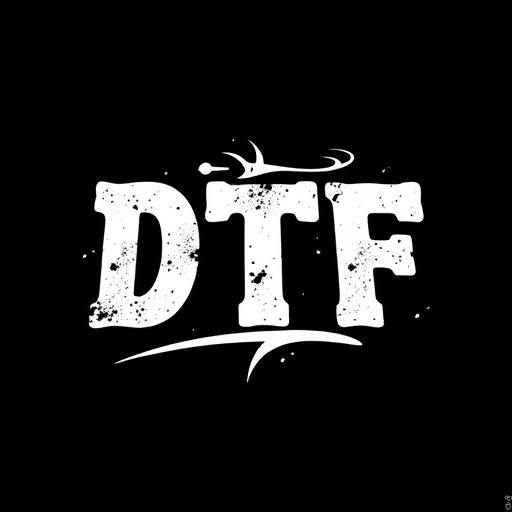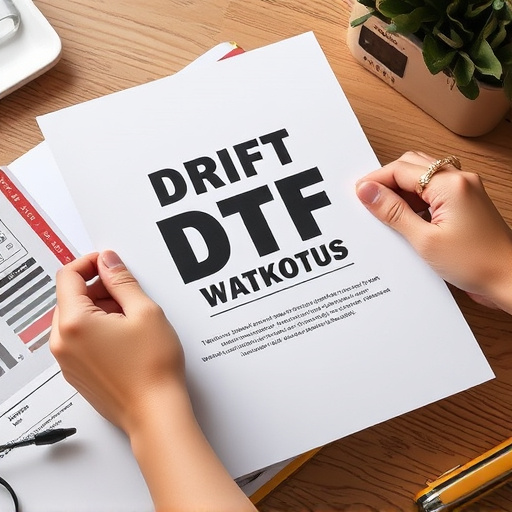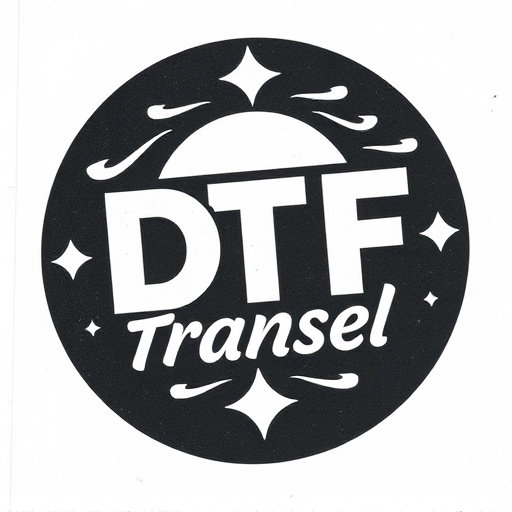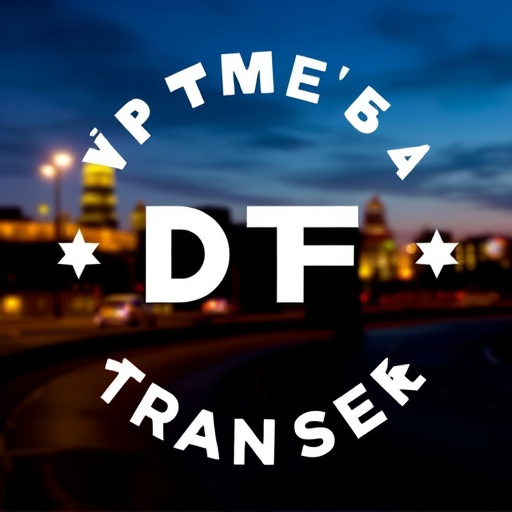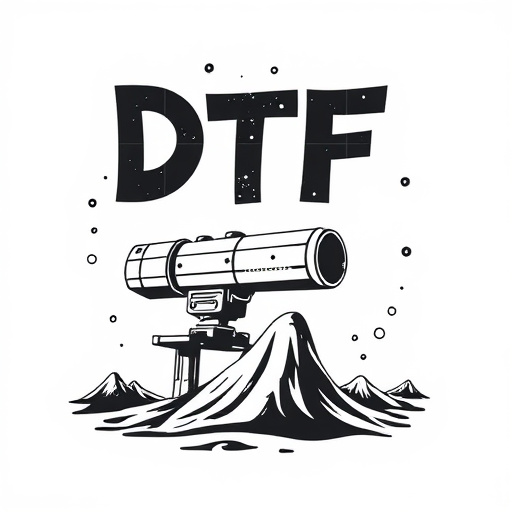DTF (Direct to Fabric) printing services offer high-quality custom textile design with intricate details, ideal for smaller batches and unique designs. Pricing factors include ink types, fabric choices, design complexity, overhead expenses, market demand, and environmental considerations. Clear communication and strategic pricing balance profitability with customer appeal in a competitive market.
“In today’s print on demand landscape, understanding DTF Printing Services is paramount for business success. This cutting-edge technology offers unparalleled precision and efficiency, but pricing products accurately remains a challenge. This article delves into the intricacies of DTF Printing Services, exploring cost factors, competitive pricing strategies, and providing essential insights to help you optimize your print on demand business’s bottom line.”
- Understanding DTF Printing Services and Their Costs
- Factors to Consider When Pricing Products
- Setting Competitive Prices for Your Print On Demand Business
Understanding DTF Printing Services and Their Costs

Understanding DTF Printing Services and Their Costs
DTF (Direct to Fabric) printing services have revolutionized the way businesses create custom designs on clothing and other textiles. This modern technique allows for high-quality, vibrant prints with exceptional detail, making it a popular choice among clothing brands and designers. A DTF printer is an advanced machine that applies ink directly onto the fabric surface, enabling the creation of intricate patterns and logos dft suitable for various materials. The process is both efficient and cost-effective, especially for smaller batch orders or unique designs.
When considering the costs associated with DTF printing services, it’s essential to look beyond the initial setup fee. Factors such as ink types, fabric choices, and design complexity will significantly impact the final pricing. For instance, cold peel DTF transfers offer a cost-friendly option for basic designs, while more intricate or detailed prints may require specialized inks, leading to higher expenses. Businesses should communicate their requirements clearly with service providers to obtain accurate quotes, ensuring they understand the pricing structure before placing an order.
Factors to Consider When Pricing Products

When setting prices for products utilizing DTF Printing Services, several factors must be taken into consideration. Firstly, the cost of materials is essential; this includes the price of the DTF transfer sheets, which vary depending on quality and size. Additionally, the complexity of design plays a significant role; intricate designs with fine details will likely require more time and expertise, impacting the overall pricing. The type of garment or product is another critical aspect; for instance, DTF printing for hoodies might have different pricing structures compared to printing on darker fabrics, as the ink adhesion and visibility can differ.
Furthermore, overhead costs such as labor, equipment maintenance, and studio rent should be factored in. The market demand and competition also influence pricing; understanding what similar services offer and setting rates competitively is vital for attracting customers. Additionally, considering the environmental impact of printing practices and using sustainable methods can become a differentiating factor, potentially justifying higher prices for eco-conscious consumers.
Setting Competitive Prices for Your Print On Demand Business

Setting competitive prices for your DTF Printing Services business is a delicate balance between profitability and market demand. Researching your competitors is a great starting point. Understand the pricing strategies of other DTF printing service providers, especially those offering similar products like cold peel dtf transfers and dtf prints for t-shirts. This knowledge will help you position your prices attractively while ensuring you’re not undervaluing your services.
Consider factors such as material costs, labor, overhead expenses, and the unique selling points of your business. For instance, if you offer superior quality dtf prints or faster turnaround times, you can command a premium price. Striking the right balance will attract customers seeking value while maintaining profitability for your print on demand business.
In conclusion, pricing your products using DTF Printing Services requires a delicate balance between understanding production costs, market demand, and competitive analysis. By factoring in variables such as material expenses, labor rates, order quantities, and design complexity, you can set competitive prices that not only cover overhead but also attract customers in the print-on-demand industry. Remember, effective pricing strategies are key to thriving in this dynamic landscape, ensuring your business offers both value and profitability.








